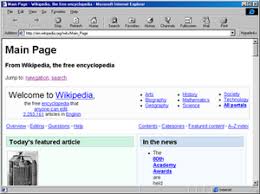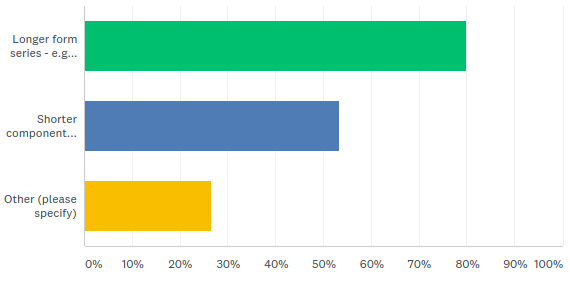Thank you to everyone who took part in last weekend’s Black Friday / Cyber Monday sale.
This was the first time I’d ever run a promotion like this and it was fun, exhausting, and not quite as smooth as I’d have liked. Next year I’ll give myself more than 48 hours prep, I think 🙂
In other news, Symfony 4 landed yesterday. As did PHP 7.2.

I’d like to say a huge thank you to everyone involved in both of these releases.
As I type this I have a GitLab CI build underway to bump up from PHP 7.1, to PHP 7.2 for CodeReviewVideos. One of the major benefits of using Docker for deployments is the speed in which upgrades like this can now take place.
I’m less ready for Symfony 4.
Personally I’m still experiencing a variety of deprecation warnings on 3.4 that stop me from upgrading. Fixing these, and any further incompatibilities is a task scheduled in for later next week. If you’ve taken the plunge already I’d love to hear about your experiences.
With Symfony 4 in mind, I’ve already had a bunch of requests for some Symfony 4 tutorials.
Currently I have four (purely a numerical coincidence) existing series in progress. I am going to finish these before I start anything new. Trying to do too many things at once has been a major learning experience for me this year, so I’m reluctantly taking heed.
Video Update
This week saw three new videos added to the site.
#1 – Part 1/3 – Deploying with git
Much like in the earlier videos on deploying with rsync , our initial explorations of deploying with git are as simple as possible. This means some things – Symfony’s var directory for example – will cause headaches. Fear not, we will address this in the next few videos.
Personally I don’t like using git for deploys. There’s something strange about having to fake a commit to trigger a deploy.
Even so, a lot of people ask me how to deploy with git. These three videos cover one such way.
#2 – Part 2/3 – Deploying with git – Sharing folders
Having to sort out the var directory on each git push quickly gets tiresome.
We also likely cannot rely on the generated values in the parameters.yml file after a composer install has run. The setup we have, and the demo app we’re using have masked this problem from us. In the real world we won’t be so lucky.
Fortunately, we can fix both of these tasks.
We’re going to set up a shared directory, adding in the var directory and also the app directory.
We’ll then automate the symlink process to ensure both the var and app/config/parameters.yml file are correct for each deploy.
#3 – Part 3/3 – Deploying with git – Adding builds
By the end of the rsync deploy process videos we had a nice setup where each new build ended up in a timestamped directory, and we could easily switch out the current symlink to make any build live with relative ease.
We’re going to replicate this, but automate even more of the process.
We’re even going to automate some of the housekeeping chores (deleting old builds).
Ok, that’s about it from me this week. Until next week, have a great weekend and happy coding.
Chris




 I believe this is also fixed on Edge, but now not on Internet Explorer – if you use IE then oh my! No, seriously, if you use IE (or have access to it), I’d be grateful if you could let me know how the site looks in there.
I believe this is also fixed on Edge, but now not on Internet Explorer – if you use IE then oh my! No, seriously, if you use IE (or have access to it), I’d be grateful if you could let me know how the site looks in there. I only ran this script twice, as best I remember, as Vimeo have some rate limits which, when hit, were taking the old site offline… yikes.
I only ran this script twice, as best I remember, as Vimeo have some rate limits which, when hit, were taking the old site offline… yikes.

 Unfortunately, it looks like support around this bundle is lacking.
Unfortunately, it looks like support around this bundle is lacking.